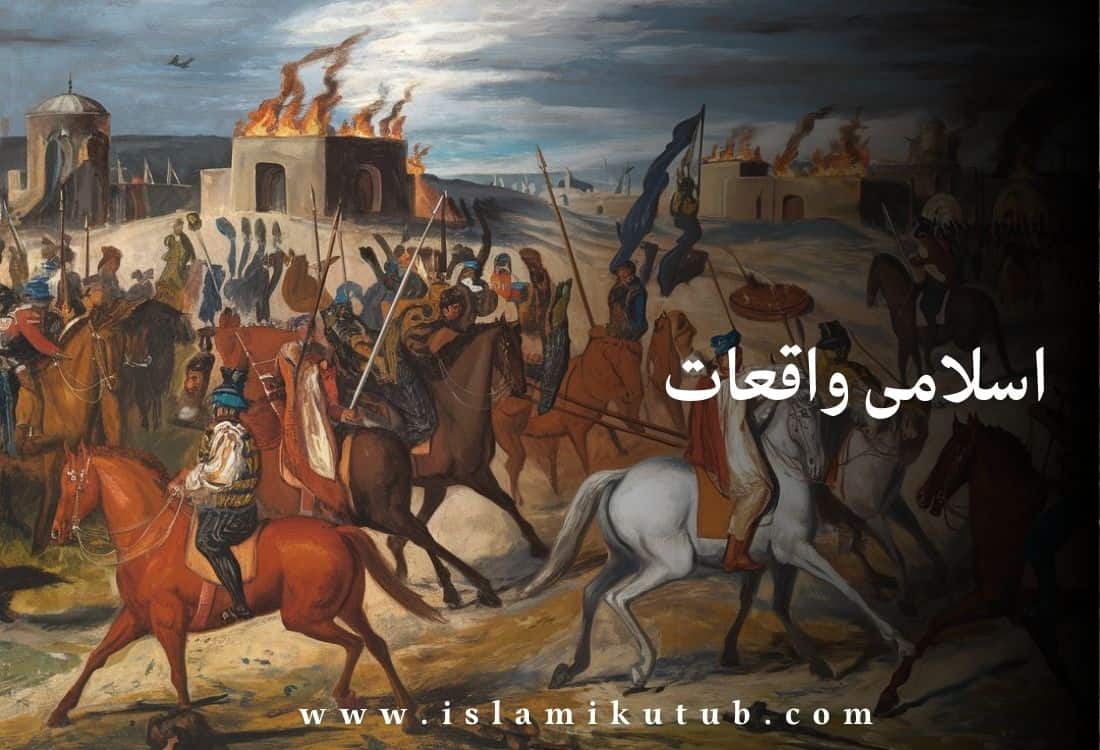
The Last Sermon of the Holy Prophet Muhammad SAW is a profound and significant moment in Islamic history. Delivered during the Hajj pilgrimage in the year 632 CE, this sermon encapsulates the essence of the teachings of Islam and provides enduring guidance for Muslims around the world. This article aims to provide a comprehensive overview of this pivotal event, explain its significance, and explore its relevance to contemporary life.
To understand the impact of the Last Sermon, it’s essential to grasp the historical context in which it was delivered. The sermon was given on the 9th of Dhu al-Hijjah, during the Farewell Pilgrimage, which was the final pilgrimage made by the Holy Prophet Muhammad SAW. It was a time when the Islamic community had grown significantly and had established a firm foundation in the Arabian Peninsula.
The sermon was delivered at Mount Arafat, a location of great spiritual significance during Hajj. This setting was not just symbolic but also a critical point in the pilgrimage, where millions of Muslims gather to seek forgiveness and reflect on their faith.
One of the most important messages of the Last Sermon is the concept of equality among all Muslims. The Holy Prophet Muhammad SAW emphasized that all humans are equal in the eyes of God, regardless of race, color, or nationality. He said:
“All mankind is from Adam and Eve. An Arab has no superiority over a non-Arab, nor does a non-Arab have any superiority over an Arab; a white has no superiority over a black, nor does a black have any superiority over a white; none have superiority over another except by piety and good action.”
This statement is a powerful call for unity and brotherhood within the Muslim community and beyond. It serves as a reminder that personal worth is determined by one’s actions and faith, not by superficial distinctions.
In his sermon, the Prophet Muhammad SAW also highlighted the sanctity of life and property. He assured his followers that the lives and belongings of every individual are to be respected and protected. This principle is crucial in fostering a society where justice and respect for one another are paramount. He stated:
“Your lives and your properties are sacred and inviolate until you meet your Lord.”
This teaching underscores the importance of respect and justice in interactions with others, setting a standard for ethical behavior that resonates through time.
The Prophet Muhammad SAW also urged his followers to adhere to the teachings of the Quran and the Sunnah (the practices and sayings of the Prophet). He stressed that these sources would guide them towards righteousness and away from misguidance:
“I am leaving you with two things, and if you hold fast to them, you will never go astray: the Book of Allah and the Sunnah of His Messenger.”
This directive highlights the significance of adhering to the core texts of Islam to ensure a life aligned with divine guidance.
To embody the teaching of equality, start by reflecting on how you perceive and treat others in your daily life. Challenge any biases or prejudices you may have and strive to treat everyone with fairness and respect. Engage in conversations that promote understanding and inclusivity.
In practical terms, respecting life and property means upholding the principles of honesty, integrity, and fairness in your interactions. Ensure that you are mindful of others’ rights and work to resolve conflicts peacefully and justly.
Commit to regular study and reflection on the Quran and the Sunnah. Consider joining a study group or attending classes to deepen your understanding. Implement the teachings in your personal and professional life, using them as a guide for your actions and decisions.
Throughout history, there have been numerous examples of individuals and communities embodying the principles outlined in the Last Sermon. For instance, the story of Umar ibn al-Khattab, the second caliph of Islam, illustrates the application of these teachings in governance and daily life. His rule was marked by a commitment to justice, equality, and the welfare of the people, reflecting the core messages of the Prophet’s final address.
In modern times, various interfaith initiatives and community programs strive to promote brotherhood and respect among different groups, drawing inspiration from the timeless teachings of the Last Sermon. These efforts demonstrate the continued relevance of the Prophet’s message and its capacity to inspire positive change in diverse contexts.
The Last Sermon of the Holy Prophet Muhammad SAW remains a guiding light for Muslims around the world. Its messages of equality, respect, and adherence to divine guidance are as relevant today as they were over fourteen centuries ago. By reflecting on and applying these teachings, individuals and communities can work towards a more just, compassionate, and united society.
For more information on the Last Sermon and its significance, you can explore this detailed resource that provides further insights and historical context.
Read More>>>>



A lectus ac pulvinar tincidunt accumsan. Ullamcorper dolor at lectus ac, sed facilisis hac. Molestie aliquam ut blandit nibh vulputate lectus in sit. Egestas in dolor dui purus tincidunt eget cras nisl est aliquam ut blandit nibh vulputate lectus ullamcorper.
Stay connected with us for the latest updates on new arrivals, special offers, and insightful articles on Islamic literature. Subscribe now to enrich your journey with faith and knowledge!